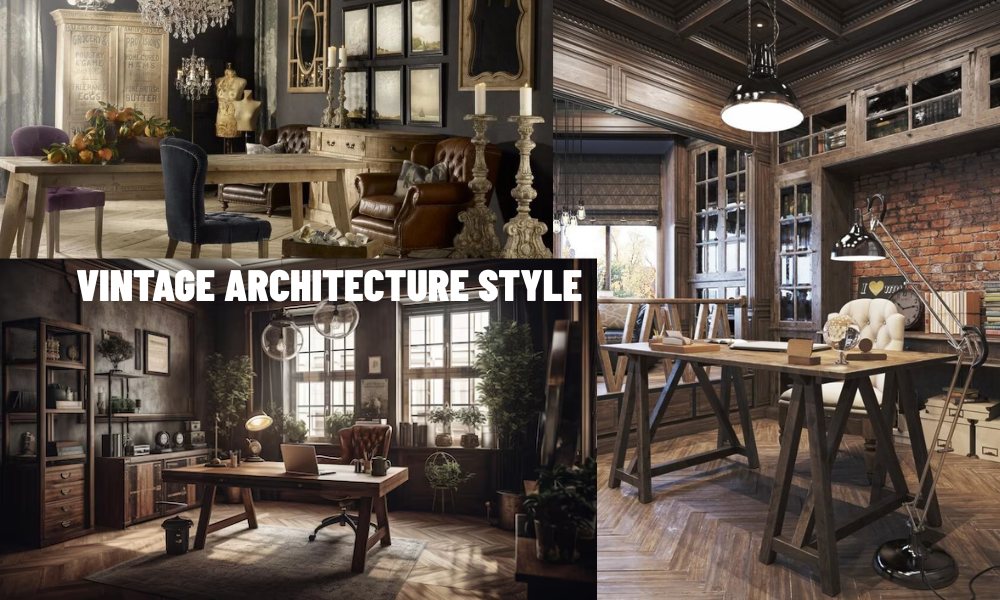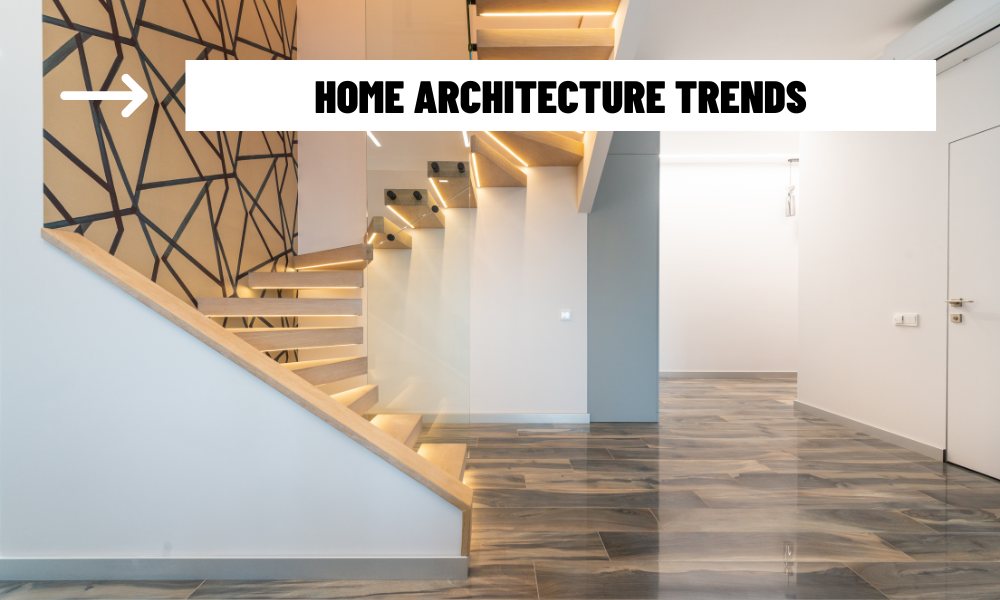Contents
Vintage Architecture Style
The vintage architecture style celebrates the beauty of historical design, drawing from styles like Victorian, Art Nouveau, Tudor, and Beaux-Arts. Spanning roughly from the 1700s to the 1930s, these styles are marked by intricate details, bold forms, and a sense of nostalgia. Unlike sleek modern architecture, vintage styles prioritize ornamentation and craftsmanship, creating buildings that feel like works of art.
This article explores the defining features of vintage architecture, its historical roots, and ways to blend its charm with contemporary design.
Defining Features of Vintage Architecture Style
The vintage architecture style is instantly recognizable for its unique elements, which vary by period and region:
- Decorative Ornamentation: Beaux-Arts buildings feature elaborate sculptures and friezes, while Victorian homes showcase intricate woodwork.
- Curved Lines and Forms: Art Nouveau emphasizes flowing, organic shapes inspired by nature, seen in arched doorways and floral motifs.
- Traditional Materials: Brick, limestone, and oak dominate, offering warmth and durability.
- Distinctive Roofs: Tudor homes have steeply pitched gables, while Victorian designs include mansard roofs with dormer windows.
- Statement Windows: From Gothic Revival’s stained glass to Art Deco’s geometric panes, windows are both functional and decorative.

Historical Context of Vintage Architecture
The vintage architecture style reflects the cultural and technological shifts of its time:
- Victorian Era (1837–1901): Industrial advancements allowed for mass-produced decorative elements, leading to eclectic designs.
- Art Nouveau (1890–1910): A reaction against industrialization, this style embraced natural forms, as seen in Antoni Gaudí’s Casa Batlló.
- Beaux-Arts (1880–1930): Inspired by classical architecture, it prioritized grandeur, evident in structures like the Paris Opera House.
- Tudor Revival (1890–1940): This style revived medieval English aesthetics, with half-timbered facades and cozy interiors.
These styles captured the spirit of their eras, making them enduring symbols of history.
Modern Applications of Vintage Architecture Style
Today, the vintage architecture style inspires architects and homeowners to blend old-world charm with modern functionality:
- Restoration Projects: Preserving historic buildings, like Chicago’s Rookery Building, maintains their vintage character.
- Vintage-Inspired Designs: New homes incorporate elements like arched windows or exposed brick for a retro feel.
- Sustainable Design: Reusing vintage materials aligns with eco-friendly practices, adding authenticity to modern builds.
By combining vintage elements with contemporary technology, designers create spaces that are both nostalgic and practical.
How to Embrace Vintage Architecture Style
To incorporate the vintage architecture style into your home or project:
- Highlight Architectural Details: Restore crown molding, fireplaces, or vintage tiles to honor the original design.
- Choose Period-Inspired Colors: Use rich jewel tones for Victorian styles or metallic accents for Art Deco.
- Source Antique Fixtures: Install chandeliers, brass doorknobs, or clawfoot tubs for authenticity.
- Study Historic Examples: Visit places like Savannah’s historic district to see vintage architecture in action.
The vintage architecture style offers a window into the past, with its intricate details, bold materials, and timeless elegance. From the flowing curves of Art Nouveau to the stately symmetry of Beaux-Arts, these styles continue to influence modern design. Whether you’re renovating a historic home or adding vintage flair to a new space, this style brings warmth, character, and a sense of history to any project.



